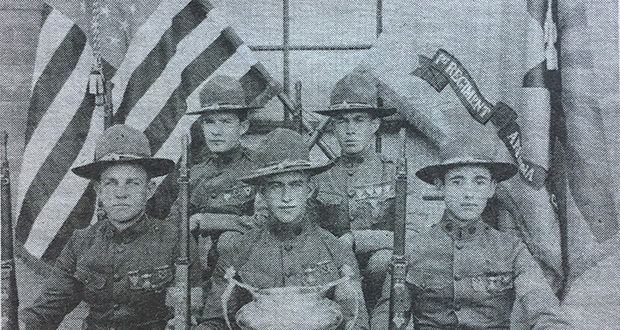Arizona’s Swastika Bridge
Arizona Capitol Reports Staff//December 15, 2006//[read_meter]
A train drops visitors off near the newly constructed Laguna Diversion Dam. During World War II, Adolph Hitler twisted the swastika, once a symbol of the power of nature, to...
No tags for this post.

















